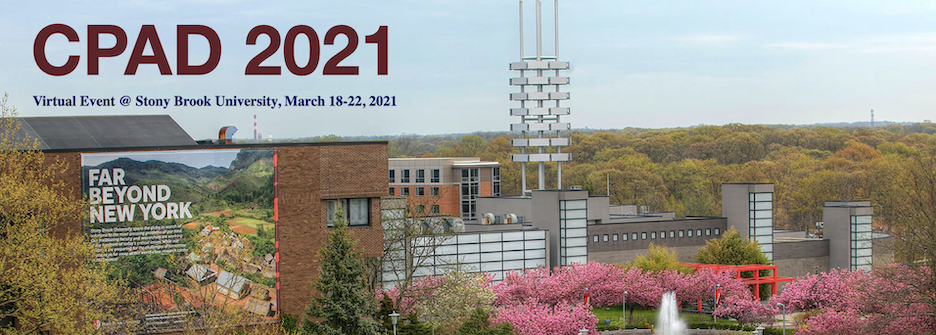Speaker
Description
Neutrinoless double beta decay ($0\nu \beta \beta$) is an extremely rare nuclear decay that occurs when two neutrons in a nucleus simultaneously beta decay without producing any antineutrinos. If observed, $0\nu \beta \beta$ would be the rarest decay process observed, and long target half lives of $10^{28}$ years necessitate development of new background suppression and signal identification methodologies. The NEXT experiment uses gaseous $^{136}$Xe and is pursuing an aggressive R&D campaign to implement Barium Tagging, detection of single daughter ions via super resolution fluorescence microscopy. This technique, if implemented with stringent energy cuts and topological identification, could effectively reduce experimental backgrounds to zero at the multi-ton scale. This talk will summarize R&D toward barium tagging in NEXT, with a particular focus 1) a novel class of switch-on fluorescence sensors that have enabled dry single barium dication detection for the first time; 2) progress toward implementation of topological event reconstruction using high speed optical cameras that would allow incorporation of a barium sensing plane in a xenon gas TPC, via the CRAB (camera readout and barium tagging) concept.
